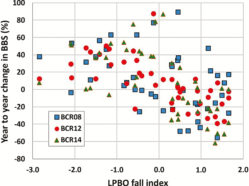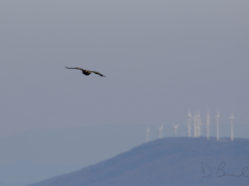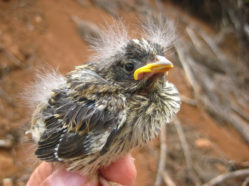Do Songbirds Pay a Price for Winter Wandering?
In years when winter conditions are especially harsh, birds that depend on conifer seeds for food are sometimes forced to leave their homes in northern forests and wander far from their normal ranges to find enough to eat. A new study published in The Auk: Ornithological Advances uses citizen science data to show for the first time …




